Hazelnuts — small, round, and packed with rich, nutty flavor — have long been an essential ingredient in gourmet confections, chocolate spreads, baked goods, and healthy snack mixes. While many countries grow and export hazelnuts, one country stands far above the rest when it comes to global hazelnut exports: Turkey.
In this detailed article, we’ll explore Turkey’s dominance in hazelnut exports, its competitors, production regions, market trends, challenges, and what the future holds for this valuable agricultural commodity.
Global Overview of Hazelnut Production and Exports
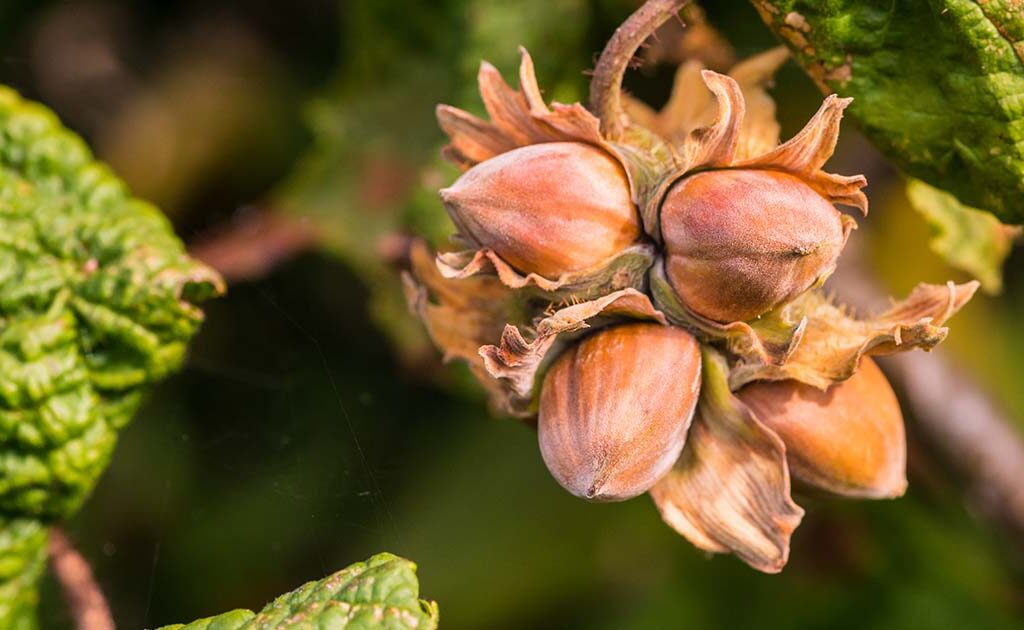
Hazelnuts (scientific name Corylus avellana) thrive in mild, temperate climates, typically found near coastal regions or mountainous areas. Today, major producers include:
- Turkey
- Italy
- United States (primarily Oregon)
- Azerbaijan
- Georgia
- Chile
Yet when it comes to exports, one country dominates the field both in quantity and global market influence.
Turkey: The World’s Leading Hazelnut Exporter
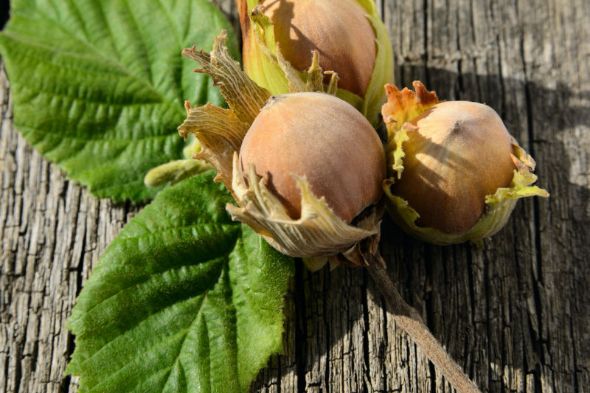
Turkey’s Share of Global Hazelnut Exports
Turkey commands approximately 70%–75% of the world’s hazelnut export market, consistently making it the largest hazelnut exporter on Earth. In 2023 alone:
- Turkey exported over 280,000 metric tons of hazelnuts (kernel basis).
- The total export value exceeded $1.8 billion.
- Turkish hazelnuts reached over 120 countries worldwide.
This overwhelming dominance makes Turkey the central player in setting global hazelnut prices and trends.
Where Are Turkish Hazelnuts Grown?
Most Turkish hazelnuts are cultivated in the fertile and temperate Black Sea coastal region. The top-producing provinces include:
- Ordu: Known as the “hazelnut capital” of Turkey.
- Giresun: Famous for its premium quality and distinctive taste.
- Trabzon
- Samsun
- Artvin
The region’s unique climate — mild winters, humid summers, and rich, sloping soils — provides the perfect conditions for growing high-quality hazelnuts.
Turkey’s Processing & Export Infrastructure
Turkey is home to over 160 licensed hazelnut processing and export facilities. These modern operations handle tasks like:
- Cracking and sorting hazelnuts
- Shelling and roasting
- Packaging for international shipment
Leading Turkish hazelnut exporters include globally recognized names like Balsu, Olam Progida, and Durak Hazelnuts, many of which supply major international chocolate and snack manufacturers such as Ferrero (Nutella), Nestlé, and Mondelēz.
Turkey’s Major Export Markets
The majority of Turkish hazelnut exports go to:
- Germany (Turkey’s largest market for hazelnuts)
- Italy
- France
- China
- United States
- Canada
- Japan
Europe accounts for roughly 70–80% of Turkey’s total hazelnut export volume, though exports to Asia, especially China, have seen significant growth in recent years.
Other Top Hazelnut Exporting Countries
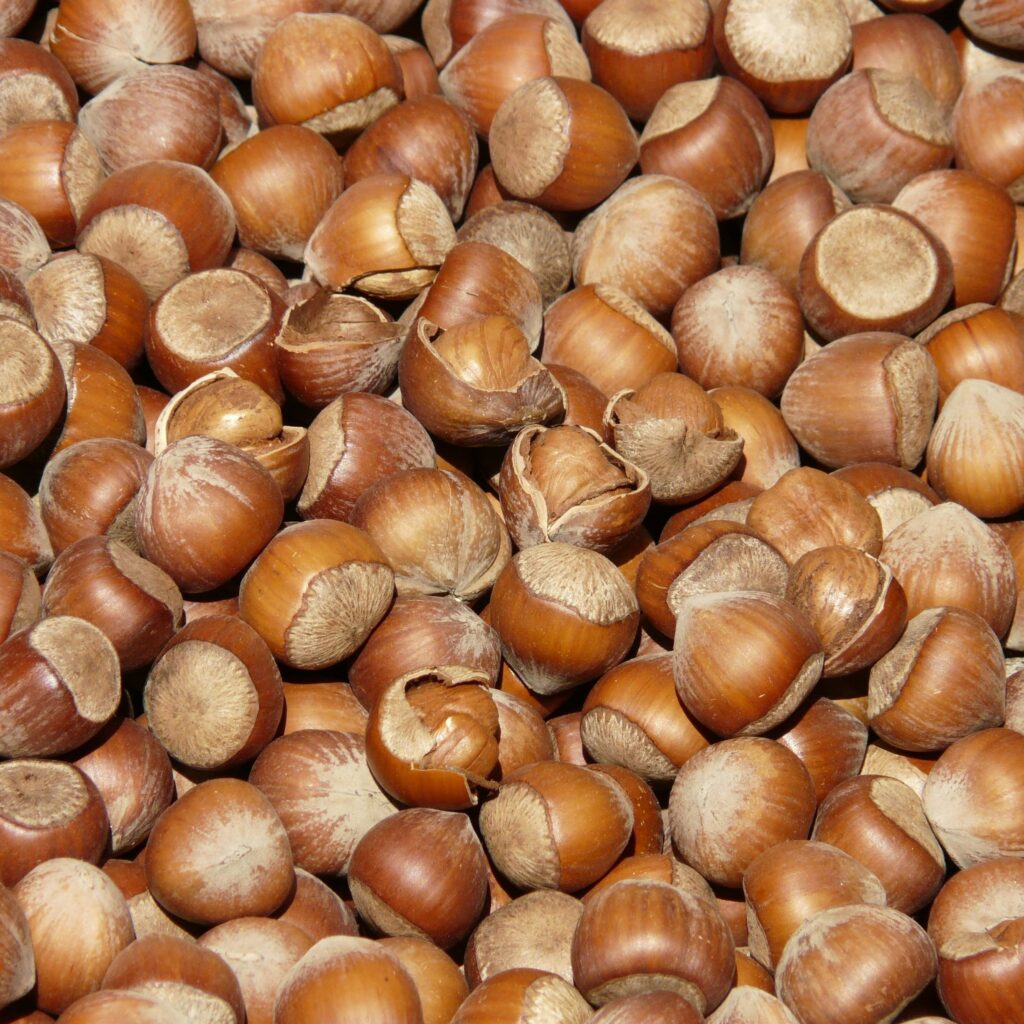
Though none come close to Turkey’s figures, several countries contribute meaningfully to global hazelnut exports:
Italy
- The world’s second-largest hazelnut exporter.
- Produces about 120,000–140,000 metric tons annually.
- Renowned for premium varieties like Tonda Gentile delle Langhe from Piedmont, considered among the best in the world.
- Exports mostly to Europe, the U.S., and Japan.
United States
- The U.S., primarily Oregon’s Willamette Valley, grows around 50,000–60,000 metric tons annually.
- Accounts for about 4–5% of global exports.
- Rising demand in Asia has boosted export values in recent years.
Azerbaijan & Georgia
- Both countries have expanded hazelnut cultivation significantly.
- Export mainly to Europe and Middle Eastern markets.
- Georgia’s hazelnuts are valued for organic and sustainable production practices.
Chile
- Chile’s hazelnut industry has grown quickly thanks to its counter-seasonal harvest, filling supply gaps in the Northern Hemisphere.
Global Demand and Market Trends

Rising Global Consumption
Demand for hazelnuts continues to grow, driven by:
- The increasing popularity of chocolate and hazelnut spreads (like Nutella).
- The rise in healthy plant-based snacking options.
- Hazelnuts being a key ingredient in vegan, gluten-free, and keto diets.
The global hazelnut market was valued at $7.8 billion in 2023 and is projected to reach $11.5 billion by 2030, growing at a CAGR of 5–6%.
Strong Growth in Asian Markets
While Europe remains the largest consumer of hazelnuts, countries like China, Japan, and South Korea are rapidly increasing imports, fueled by rising middle-class incomes and a growing appetite for premium nuts and chocolate products.
Challenges Facing Hazelnut Exporters
Like many agricultural industries, hazelnut exporters face several challenges:
- Climate change and unpredictable weather patterns affecting yields.
- Pest infestations, notably the brown marmorated stink bug, which damages crops.
- Labor shortages in harvesting regions.
- Price fluctuations in global commodity markets.
- Increasing demands for ethical sourcing, fair labor practices, and sustainable farming from international buyers and consumers.
Turkey has actively worked on addressing these concerns through agricultural reforms, improved pest management systems, and global sustainability certifications for its orchards.
Latest Export Statistics (2023)
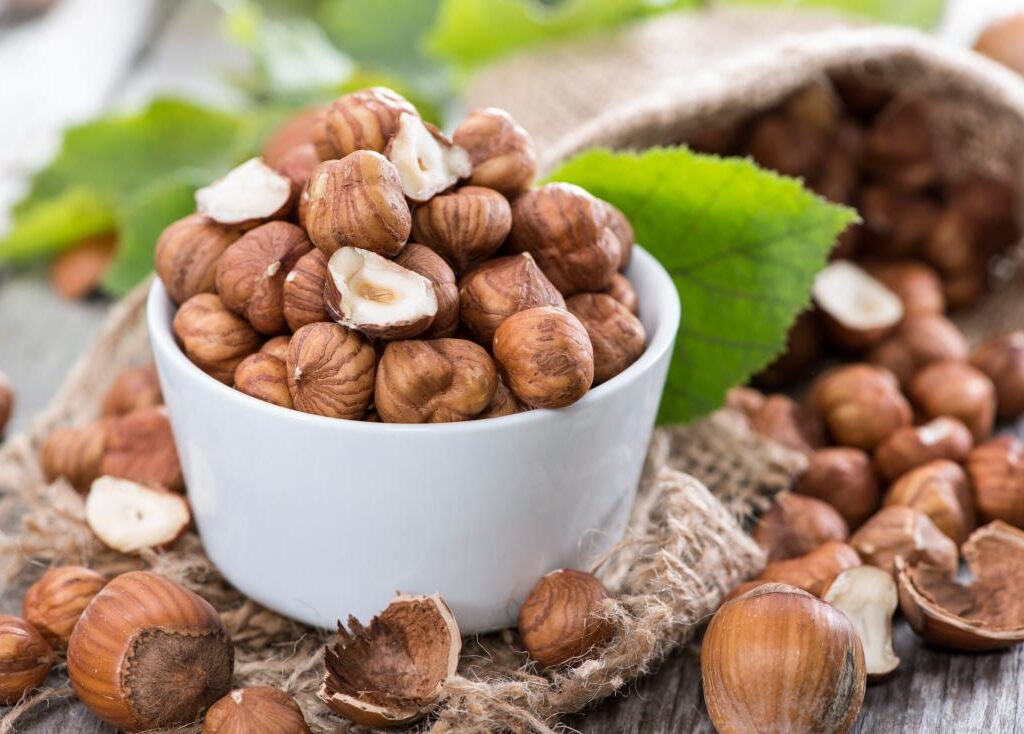
| Rank | Country | Export Volume (Metric Tons) | Export Value (USD) |
|---|---|---|---|
| 1 | Turkey | 280,000+ | $1.8 billion |
| 2 | Italy | 50,000 | $350 million |
| 3 | USA (Oregon) | 40,000 | $260 million |
| 4 | Azerbaijan | 35,000 | $220 million |
| 5 | Georgia | 30,000 | $200 million |
Approximate figures based on international trade reports.
Conclusion: Turkey’s Unmatched Hazelnut Export Legacy
Without question, Turkey is the largest hazelnut exporter in the world. Its ideal climate, centuries-old cultivation tradition, extensive production capacity, and robust export infrastructure give it a dominant global market share.
While countries like Italy, the United States, Azerbaijan, and Georgia contribute to the international hazelnut trade, none currently challenge Turkey’s leadership. Rising demand in Asia and new sustainability requirements may reshape future trade routes, but for now, Turkey’s reign as the world’s top hazelnut exporter remains unshaken.
Final Thought
Next time you enjoy a piece of rich chocolate, a gourmet pastry, or a scoop of Nutella, there’s a good chance the delicious hazelnut inside it was grown on the sloping hillsides of Turkey’s Black Sea coast — the heartland of the global hazelnut trade.

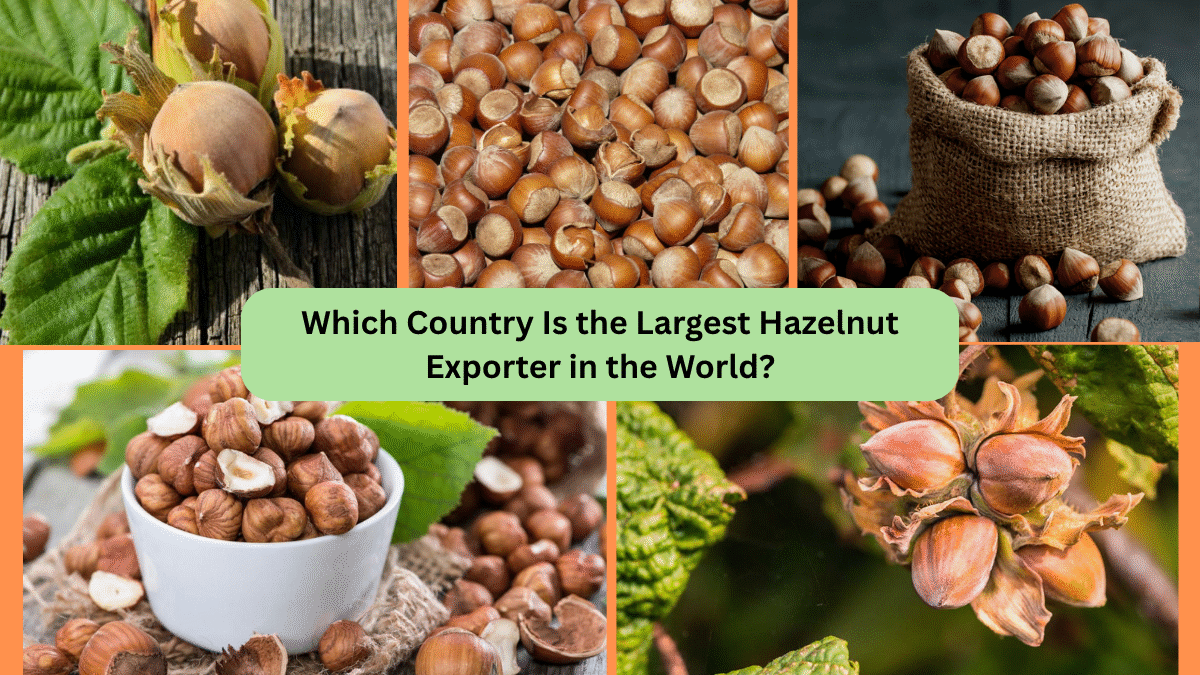



Leave A Comment